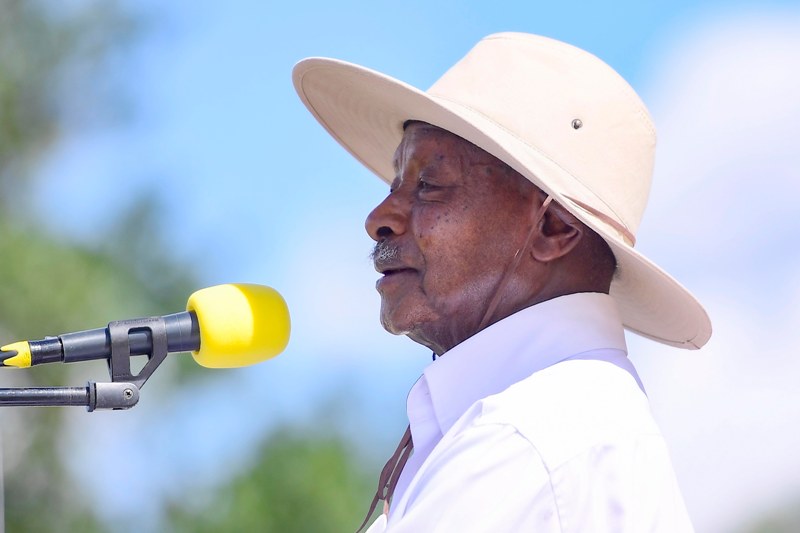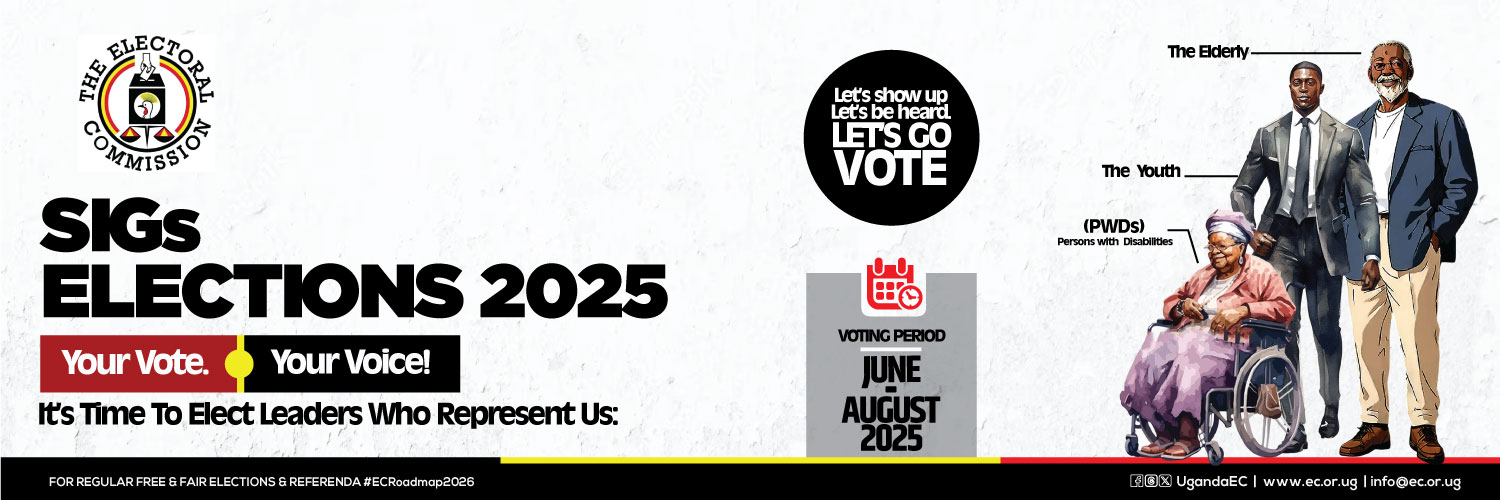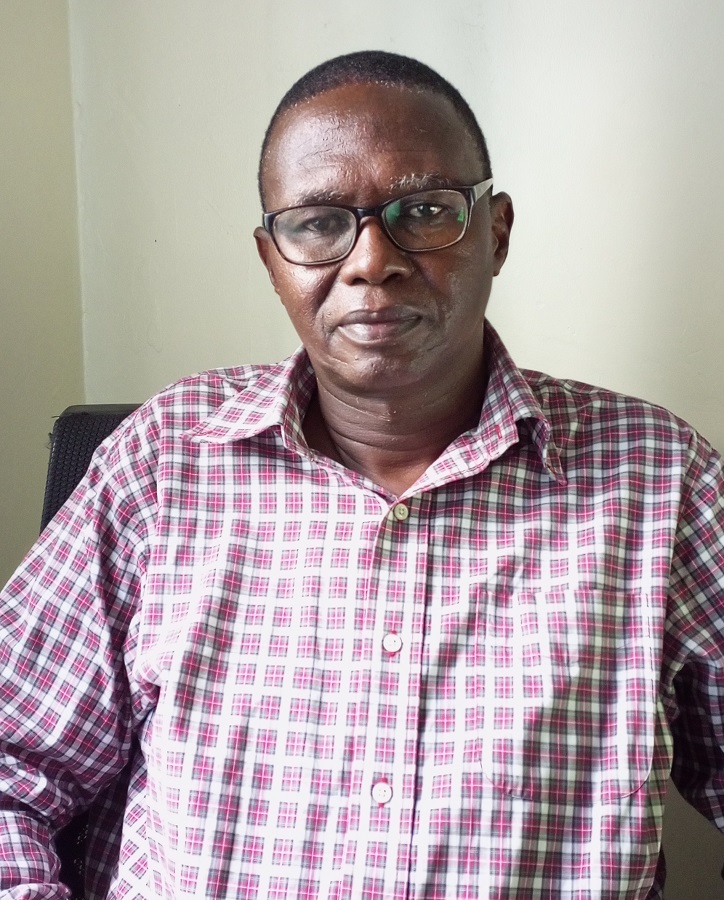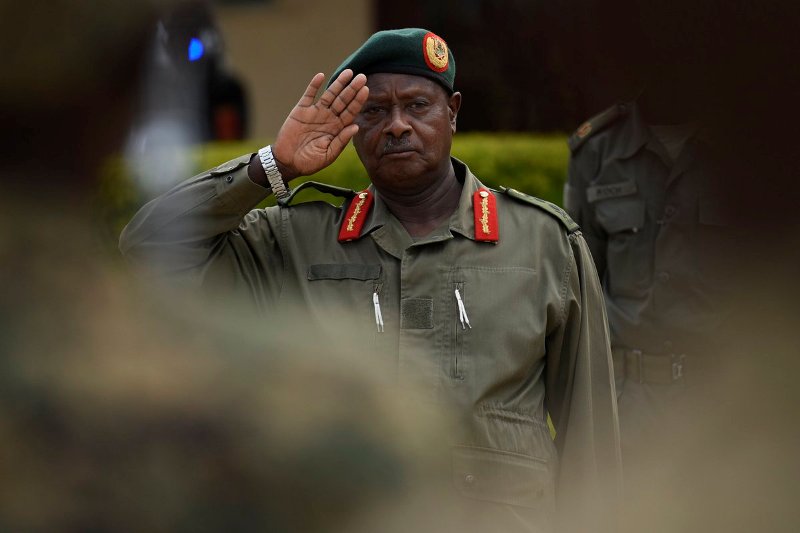The politics of constituencies and districts in Uganda

By Oweyegha-Afunaduula
Article 63 of the Constitution of Uganda 1995 on The Right of Creation of Constituencies and Census imposes a duty on the state to divide Uganda into as many constituencies as possible for elections of members of Parliament as Parliament may prescribe and that one member of Parliament shall represent each constituency.
When demarcating constituencies for elections, the Constitution places an obligation on the Electoral Commission to ensure that each county, as approved by Parliament, has at least one member of Parliament except that no constituency shall fall within more than one county. This means that each county falls under one constituency.
Also, the Constitution provides that during boundary demarcation, the constituency shall have the number of inhabitants in it as nearly as possible equal to the population quota. This is in order to make management and administration easy and effective. However, there are instances where the inhabitants of a constituency may be higher or less than the population quota in order to take account of means of communication, geographical features, the density of population, area, and boundaries of districts.
The politicians are the patrons who promise or hand out districts/cities to clients who may be community members or voter in exchange for votes or support. Politics is defined in this entry as how power or entrusted authority is exercised in a society or country. District is defined in this entry as a specific area of jurisdiction specifically marked off for administrative, electoral, and other purposes in a country. A city is defined here as an urban settlement with over 400,000 inhabitants under one authority as one of its many defining features (Gumisiriza, 2019).
CONSTITUENCY may be defined as a body of citizens entitled to elect a representative (as to a legislative or executive position). A constituency may also be defined as the specific geographical area that is represented by each MP in the House of Commons. People who live in an MP’s constituency are known as constituents.
Ever since President Tibuhaburwa Museveni captured the instruments of power through the barrel of the gun, Uganda experienced a near explosion in the number of districts and constituencies (e.g., Green 20008).
Dr Daniel Ruhweza of the Faculty of Law Makerere University noted that when the NRM/A government commenced its “revolution” in 1980, the idea was to have a State that will serve the interests of the people of Uganda, a State that will take special heed of the dire needs of its citizens and address them.
He thought that a lot of this has certainly been achieved and felt the government should be credited for this. Indicating that county formation, districtisation and constituentisation were ideas pursued by the President himself, Dr Ruhweza records that 1.the President argued that the creation of new counties was based on the fact that some districts were over-populated and yet had only one constituency; 2.the President further argued that the creation of more constituencies was also necessary to help resolve ‘complicated administration issues,’ separate various ethnic groups, and also counter poor planning in some of the “one constituency districts; and 3 The President additionally explained that the extra constituencies were needed so as to resolve the friction between leaders, address the need to “emancipate” some tribal groupings, bring services closer to the people, and address the challenge of removing the domination of bigger ethnic groups in some districts.
However, reasoned Dr. Ruhweza, “many policies have been promoted and attempts at implementing them have shown the State as being interested in self-preservation instead of service delivery. The recent decision to create more constituencies is such a policy. It is one which is geared at political expediency and survival at the expense of the citizens of Uganda. While it might help the ruling class / political party to garner more seats in parliament, the cumulative result is that the public purse will suffer. Funds which would have been better utilized in improving the health standards of the citizenry will be used to create more useless constituencies as well as provide employment opportunities to those who are towing the correct line. This is most unfortunate”.
Ruhweza was right. Politicks has become one of the numerous white elephant projects in the country, bleeding the country financially and yielding no or little benefit to the people and country (Oweyegha-Afunaduula, 2025).
There is adequate evidence to show that President Tibuhaburwa Museveni himself has been the most enthusiastic creator of more and more counties/ constituencies and more and more districts and constituencies. This has favoured him and his national Resistance group. Where he has had the greatest support is where he created the most districts, counties and /or constituencies. The President argued that the creation of new counties was based on the fact that some districts were over-populated and yet had only one constituency.
The President further argued that the creation of more constituencies was also necessary to help resolve ‘complicated administration issues,’ separate various ethnic groups, and also counter poor planning in some of the “one constituency districts. The President additionally explained that the extra constituencies were needed so as to resolve the friction between leaders, address the need to “emancipate” some tribal groupings, bring services closer to the people, and address the challenge of removing the domination of bigger ethnic groups in some districts.
Just like what has happened with UMEME, when managing electricity has now reverted to the government’s Uganda Electricity Distribution Company Limited (UEDCL) after the President complained about the contract the government made with the South African-owned firm, President Museveni expressed reservations about the creation of new constituencies and districts, emphasizing the potential detrimental impact such expansions could have on the nation adding, “Constituencies are going to kill us” (Muhairwe, 2024).
He noted the country is composed of 145 districts and a population of just 48 million Ugandans and boasts of 529 members of Parliament making Uganda’s parliament one of the largest across the globe. He drew the attention of Ugandans to the example of a large country, Tanzania, where despite a significantly larger population, the size of the parliament remains comparatively smaller (Muhairwe, 2024) with only 393 members.
For Australia, there are only 150 members of the House of Representatives. The House of Commons of Canada has 338 members of Parliament. The Senate of the Netherlands has 150 members. The Unicameral assembly of Sweden has 349 members. Norway has 169 MPs. The bicameral national Assembly of Nigeria has 109 members, while the Senate has 360 members. The Parliament of Kenya has 349 members. 290 of whom are elected from the constituencies, 47 women are elected from the districts and 12 are nominated representatives.
Kenya had 12 regions and 75 districts. By 2021 Tanzania had 31 regions with 184 Districts. By 2024 Uganda had 4 regions and 145 districts.
Clearly Uganda is leaving beyond its means; the cost of creating counties, constituencies and districts to inflame political discrimination. I understand the President has expressed concern again, talking about reducing the number of constituencies and the salaries of the Members of Parliament. If it is true the President wants the Parliamentary representation to be reduced from 529 to 176, as I have heard, this will be a huge relief on the Ugandan taxpayers.
For God and My Country.
Further Reading
Daniel R. Ruhweza (?). New Counties in Uganda: Gerrymandering or Promoting Service Delivery? https://cepa.or.ug/wp-content/uploads/2018/06/274364573-NEW-COUNTIES-IN-UGANDA-Gerrymandering-or-Promoting-Service-Delivery.pdf Visited on 01 April 2025 at 12:16 pm
Green, Elliot (2008). District Creation and Decentralisation in Uganda. Working Paper No. 24 Development as State Making. Crisis States Research Centre, Development Studies Institute, January 2008. https://www.lse.ac.uk/international-development/Assets/Documents/PDFs/csrc-working-papers-phase-two/WP24.2-district-creation-and-decentralisation-in-uganda.pdf Visited on 01 April 2025 at 11:37
Gumisiriza, P. (2019). Patronage and the Politics of District/City Creation in Uganda. In: Farazmand, A. (eds) Global Encyclopedia of Public Administration, Public Policy, and Governance. Springer, Cham. https://doi.org/10.1007/978-3-319-31816-5_3785-1
Muhairwe, Ramson (2024). Museveni applies breaks on creation of new districts. Nile Post 23 March 2024https://nilepost.co.ug/news/192984/museveni-applies-brakes-on-creation-of-more-districts Visited on 01 April 2025 at 10:55 am EAT.
Oweyegha-Afunaduula (2025). White elephant projects and financial haemorrhage in Uganda. Busoga Times, https://busogatimes.com/museveni-era-white-elephant-projects-and-financial-haemorrhage-in-uganda-1986-to-present/ Visited on 01 April 2025 at 12:59 pm EAT.







